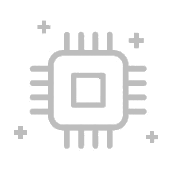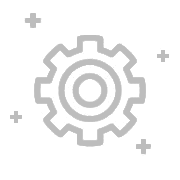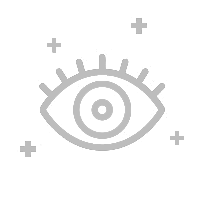2019
| 4 – 6 Dec, 2019 | Singapore | Open for registration Click here |
| 22 – 24 Oct, 2019 | Singapore | Registration Full |
| 11 – 13 Sep, 2019 | Singapore | CSA X NSHC training |
| 28 – 30 Aug, 2019 | Seoul, Korea | NSHC initiative |
| 4 – 5 Feb, 2019 | Japan | IPA: Information-technology Promotion Agency |
2018
| 12 – 14 Dec, 2018 | Seoul, Korea | NSHC initiative |
| 25 – 26 Nov, 2018 | Dubai, UAE | Conference: Hack in the Box Dubai |
| 12 – 15 Nov, 2018 | Seoul, Korea | Private: Korean Government Institution |
| 5 – 7 Sep, 2018 | Seoul, Korea | NSHC initiative |
| 29 – 31 Aug, 2018 | Singapore | NSHC initiative |
| 24 – 26 Jul, 2018 | Indonesia | Collaboration: with PT. INM |
| 21 – 23 May, 2018 | Singapore | Conference: Infosec in the City |
| 9 – 11 May, 2018 | Seoul, Korea | NSHC initiative |
2017
| 12 – 14 Dec, 2017 | Seoul, Korea | NSHC initiative |
| 27 – 30 Nov, 2017 | Kuala Lumpur, Malaysia | Collaboration: with Condition Zebra |
| 7 – 8 Nov, 2017 | Tokyo, Japan | Conference: CodeBlue2017 |
| 20 – 22 Sep, 2017 | Seoul, Korea | KOEN |
| 13 – 15 Sep, 2017 | Tokyo, Japan | Collaboration: with NHN |
| 21 – 23 Aug, 2017 | Singapore | Conference: HITB GSEC Singapore |
| 20 – 21 Jun, 2017 | Chonburi, Thailand | Amata B Grimm Power Plant II |
| 15 – 16 Jun, 2017 | Chonburi, Thailand | Amata B Grimm Power Plant I |
| 7- 9 Jun, 2017 | Seoul, Korea | NSHC initiative |
| 22 – 25 May, 2017 | Kuala Lumpur, Malaysia | Collaboration: Condition Zebra |
| 16 – 18 May, 2017 | Abu Dhabi, UAE | NSHC initiative |
| 10 – 12 Apr, 2017 | Amsterdam, Netherlands | Conference: HITB GSEC Amsterdam |
| 5 – 7 Apr, 2017 | Macau | Private: CEM |
| 8 – 10 Feb, 2017 | Seoul, Korea | NSHC initiative |
| 17 – 20 Jan, 2017 | Hong Kong | Private: Hong Kong Police Office |
2016
| 30 Nov – 2 Dec, 2016 | Singapore | Private Client |
| 29 – 30 Nov, 2016 | Taipei, Taiwan | Conference: HITCON |
| 18 – 19 Oct, 2016 | Tokyo, Japan | Conference: CodeBlue2016 |
| 30 – 31 Aug, 2016 | Bangkok, Thailand | Private Client |
| 11 – 12 Jul, 2016 | Seoul, Korea | Conference: SECUINSIDE |
| 10 – 13 Feb, 2016 | Seoul, Korea | NSHC initiative |
| 11 – 15 Feb, 2016 | Singapore | Private Client |










